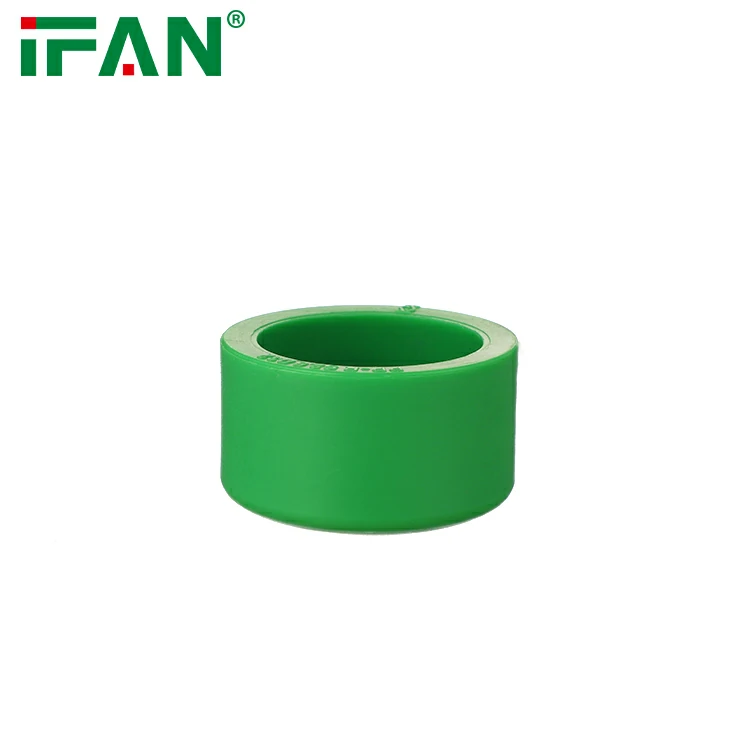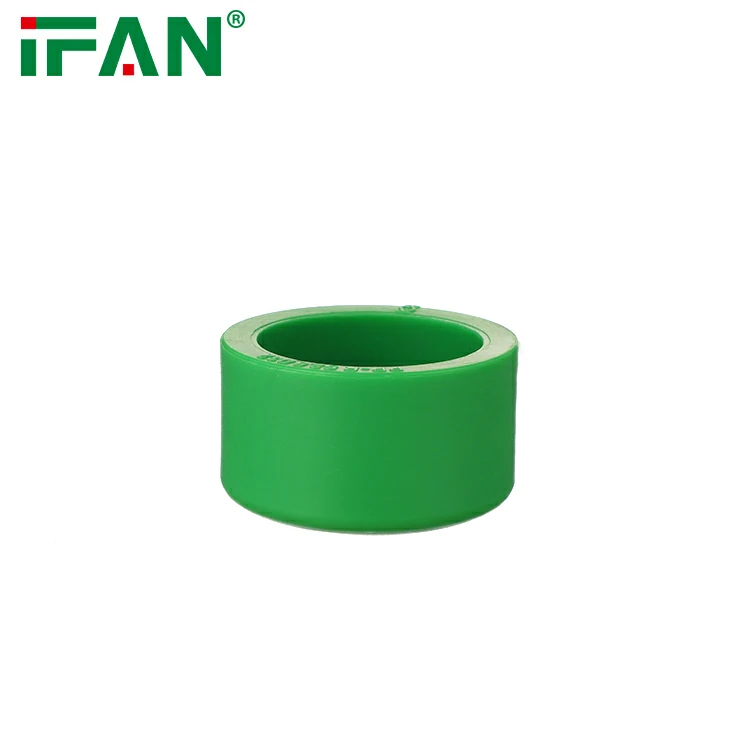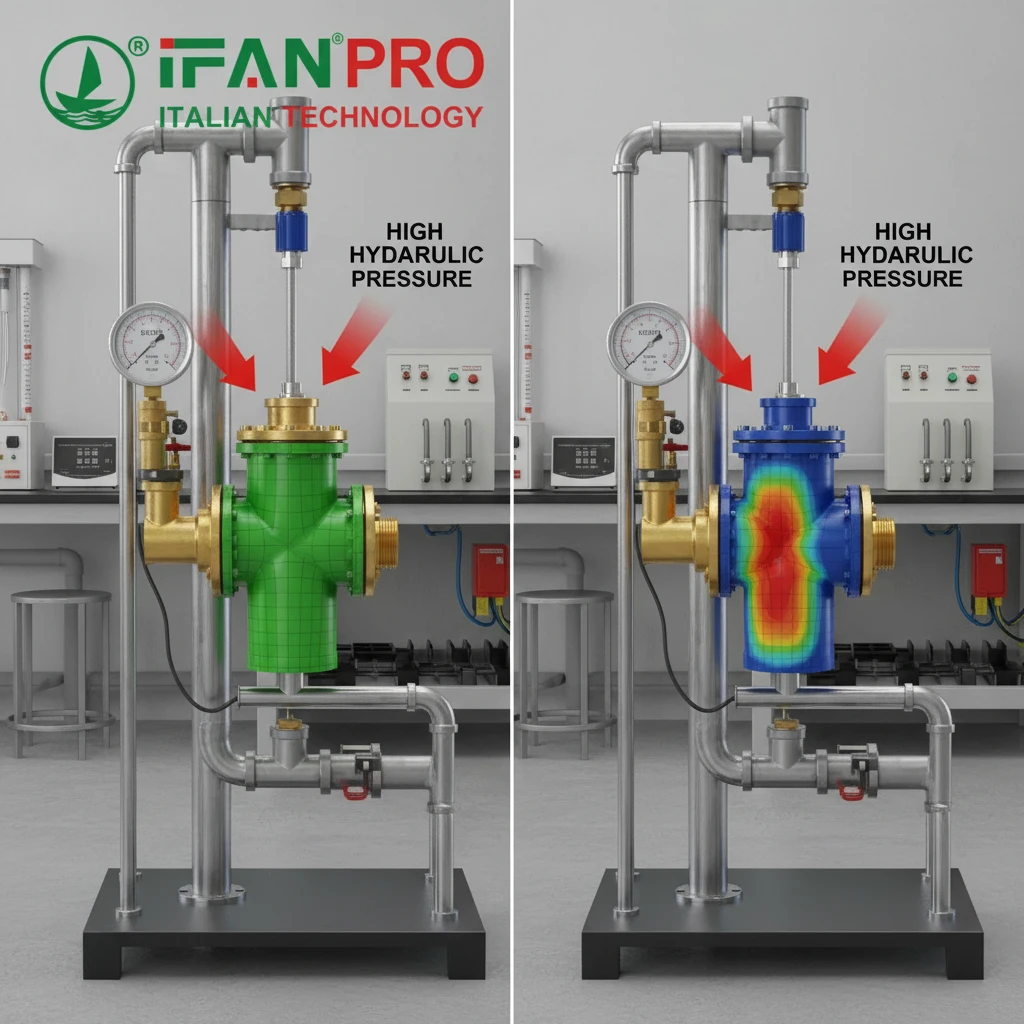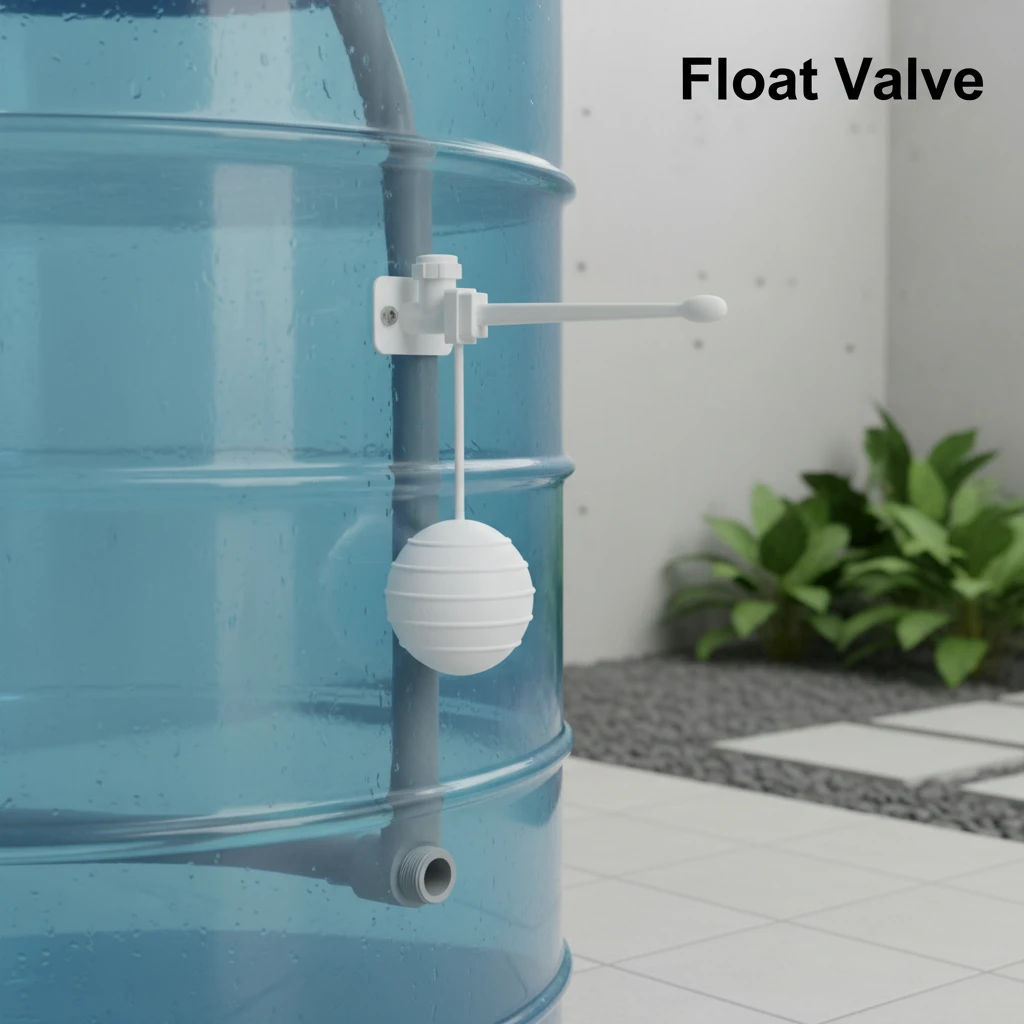Introducción
Whether you’re managing a residential plumbing system or a large-scale commercial project, selecting the right pipe fittings is crucial for safety, efficiency, and durability. One often-overlooked component is the PPR end cap—a small yet essential part of any water supply network. This article explores the role of PPR end caps, their types, applications, and how to choose the right one for your system.
What Are PPR Pipe Fittings?
PPR (Polypropylene Random Copolymer) pipe fittings are used to join, control, and terminate pipe networks in both hot and cold water systems. Known for their chemical resistance, high-temperature tolerance, and long service life, PPR fittings have become a standard in modern plumbing installations across residential, commercial, and industrial sectors.
Importance of End Caps in Plumbing
End caps are used to seal the end of a pipe, preventing leaks, contamination, or backflow. In plumbing, they are essential for:
- System testing before full installation
- Capping off unused lines or extensions
- Providing maintenance access or future connection points
Understanding PPR End Caps
Definition and Function
A PPR end cap is a socket-type fitting made of polypropylene, designed to close off the open end of a PPR pipe. It forms a leak-proof seal when fused properly using a heat welding machine, ensuring system integrity under pressure and temperature stress.
Applications in Hot and Cold Water Pipes
PPR end caps are widely used in:
- Hot water supply systems (up to 95°C)
- Cold potable water lines
- Underfloor heating systems
- Industrial piping with chemical or high-pressure fluids
They are also common in:
- HVAC networks
- Compressed air systems
- Agricultural irrigation lines
Types of PPR End Caps
Standard PPR End Caps
These are used in low to medium-pressure systems where basic sealing is required. Common sizes include:
- 20mm, 25mm, 32mm, 40mm, up to 110mm
They are ideal for household plumbing, test pipelines, and temporary closures.
Pressure Pipe Fittings
For high-pressure or industrial applications, pressure-rated end caps are preferred. These caps are manufactured to withstand greater PSI levels and are often part of PN16 or PN20 systems.

Benefits of High-Pressure End Caps
- Withstand extreme pressure without cracking or leaking
- Suitable for chemical or mechanical plants
- Long lifespan under continuous stress
- Manufactured with DIN 8077/8078 or ISO 15874 standards
Selecting the Right PPR End Cap
Consideraciones clave
To choose the correct end cap, evaluate:
- System pressure and temperature
- Application environment (e.g., chemical exposure)
- Future connectivity needs
Size and Compatibility
Ensure that the cap size matches the outer diameter of your PPR pipe. Sizes must align with international standards to prevent leaks or poor sealing.
- For example:
32mm pipe = 32mm end cap
50mm pipe = 50mm end cap
Temperature Rating
Most quality PPR end caps are rated for:
- Cold water: 0°C–25°C
- Hot water: up to 95°C continuous, and 110°C short-term
Choose caps with appropriate thermal resistance, especially for heating systems.
Best Practices for Installation
- Clean pipe end before installation
- Use PPR fusion welding machine to bond cap to pipe
- Avoid over-heating or under-heating
- Wait for full cooling before pressure testing
- Use certified fittings for long-term reliability
Conclusión
Recap of Key Points
- PPR end caps are essential for sealing pipe ends and maintaining plumbing integrity
- Available in standard and high-pressure variants
- Suitable for both hot and cold water systems
- Must be properly selected based on size, pressure, and temperature
Where to Buy Quality PPR End Caps
Looking for durable and certified PPR end caps at factory-direct prices?
ifanpro is a leading PPR pipe and fitting manufacturer from China, offering:
- ISO & DIN-certified PPR end caps
- Full-size range from 20mm to 160mm
- OEM & custom branding options
- Global wholesale and export services
Whether you’re a plumbing distributor, contractor, or importer, contact us to get a free catalog or quote today.














Comentarios recientes